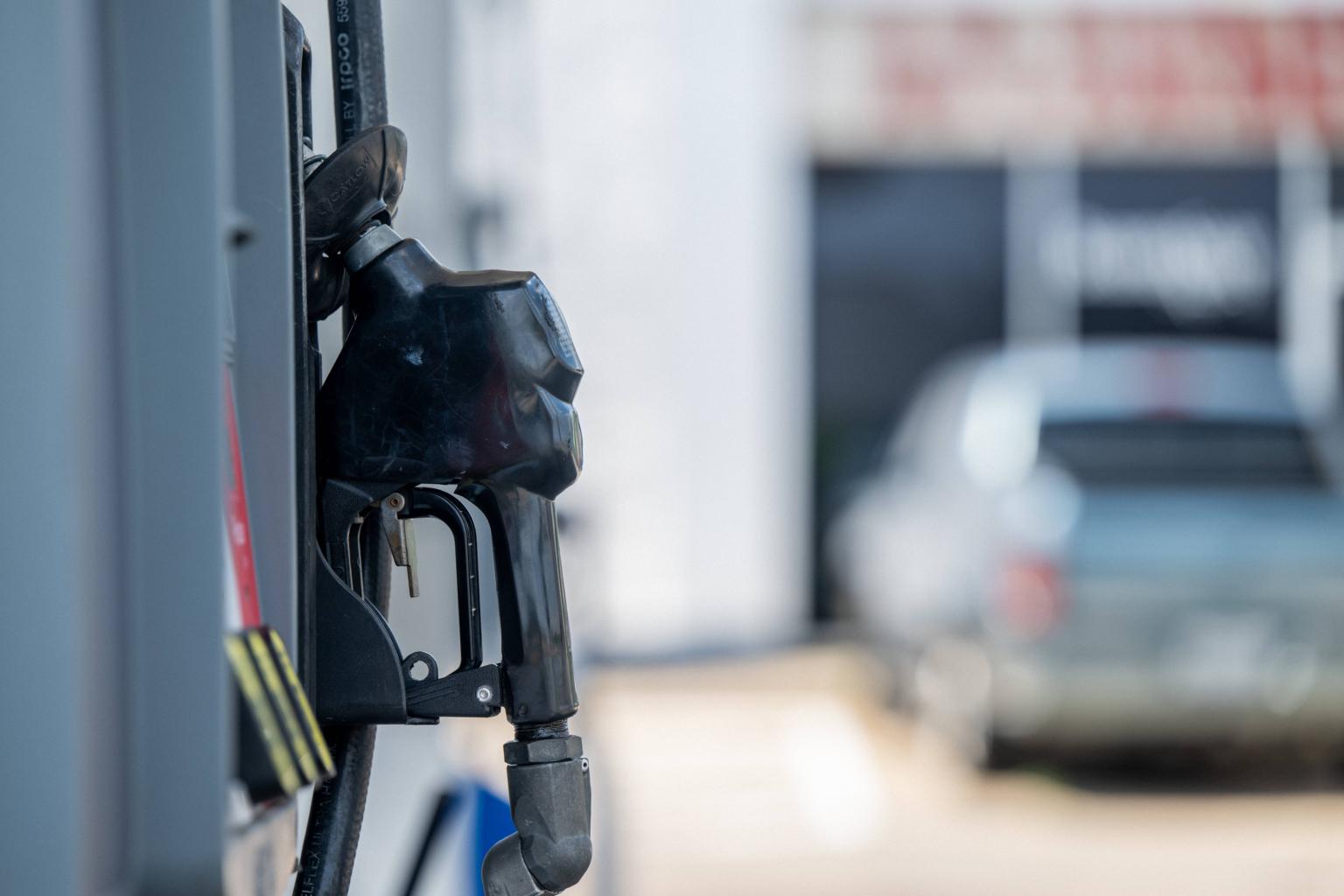Food, fuel drive US consumer prices higher in June
Sign up now: Get ST's newsletters delivered to your inbox

US petrol prices hit record highs in June, averaging above US$5 per gallon.
PHOTO: AFP
Follow topic:
WASHINGTON (REUTERS, BLOOMBERG) - US consumer prices accelerated in June as food and fuel costs remained elevated, resulting in the largest annual increase in inflation in about four decades.
The consumer price index rose 9.1 per cent from a year earlier, the largest gain since the end of 1981, Labour Department data showed on Wednesday (July 13).
The widely followed inflation gauge increased 1.3 per cent from a month earlier, the most since 2005, reflecting higher fuel, shelter and food costs.
President Joe Biden said these latest figures were "unacceptably high", but added that they were out of date, given the drop in petrol prices.
“Energy alone comprised nearly half of the monthly increase in inflation. Today’s data does not reflect the full impact of nearly 30 days of decreases in gas prices, that have reduced the price at the pump by about 40 cents since mid-June,” Mr Biden said in a statement.
Economists polled by Reuters had forecast the CPI would rise 1.1 per cent. Consumer prices are surging, driven by snarled global supply chains and massive fiscal stimulus from governments early in the Covid-19 pandemic.
The ongoing war in Ukraine, which has caused a spike in global food and fuel prices, has worsened the situation.
US petrol prices hit record highs in June, averaging above US$5 (S$7) per gallon, according to data from motorist advocacy group AAA. They have since declined from last month's peak and were averaging US$4.631 per gallon on Wednesday, which could ease some of the pressure on consumers.
The inflation data followed stronger-than-expected job growth in June. The economy created 372,000 jobs last month, the government reported last Friday, with a broader measure of unemployment falling to a record low.
Labour market tightness is also underscored by the fact that there were nearly two jobs for every unemployed person at the end of May. The Fed wants to cool demand in the economy to bring inflation down to its 2 per cent target.
Financial markets overwhelmingly expect the US central bank to raise its policy rate by another three-quarters of a percentage point at its July 26-27 meeting. It has hiked its overnight interest rate by 150 basis points since March.
The CPI jump was the biggest gain since November 1981 and followed an 8.6 per cent rise in May. There had been hope that a shift in spending from goods to services would help cool inflation. But the very tight labour market is boosting wages, contributing to higher prices for services.
Underlying inflation pressures remained strong last month.
Excluding the volatile food and energy components, the CPI gained 0.7 per cent in June after climbing 0.6 per cent in May. The so-called core CPI increased 5.9 per cent in the 12 months through June. That followed a 6.0 per cent rise in the 12 months through May. High inflation and rising borrowing costs are stoking fears of a recession by early next year.

